- Log in
-
- Sydney Overseas Office
- London Overseas Office
- Toronto Overseas Office
- Los Angeles Overseas Office
- New York Overseas Office
- Ulaanbaatar Overseas Office
- Dubai Overseas Office
- New Delhi Overseas Office
- Manila Overseas Office
- Jakarta Overseas Office
- Hanoi Overseas Office
- Kuala Lumpur Overseas Office
- Singapore Overseas Office
- Bangkok Overseas Office
- Map
- Sydney Overseas Office
- London Overseas Office
- Toronto Overseas Office
- Los Angeles Overseas Office
- New York Overseas Office
- Ulaanbaatar Overseas Office
- Dubai Overseas Office
- New Delhi Overseas Office
- Manila Overseas Office
- Jakarta Overseas Office
- Hanoi Overseas Office
- Kuala Lumpur Overseas Office
- Singapore Overseas Office
- Bangkok Overseas Office
K-Medical & Wellness
-
-
-
K-Medical & Wellness
-
12/31/2024
-
16.8K
0
0
-
-
Korea_Tourism
Korea_Medical_Tourism
Critical_Care
Cancer
Useful_Information
-
-
-
- Korea, a Global Leader in
Medical Tourism! - Korea’s Wellness,
Beyond Expectations

Korea, a Global Leader in Medical Tourism!
In 2024, patients from 202 countries visited Korea for medical tourism, up from 198 countries in 2023. It is expected that even more will visit Korea for medical tourism in the future. What made them choose Korean medical tourism? Let’s explore Korea’s unique medical tourism highlighted by its excellent health care system and the charms of K-culture.
Foreign patients from all over the world are choosing Korea!
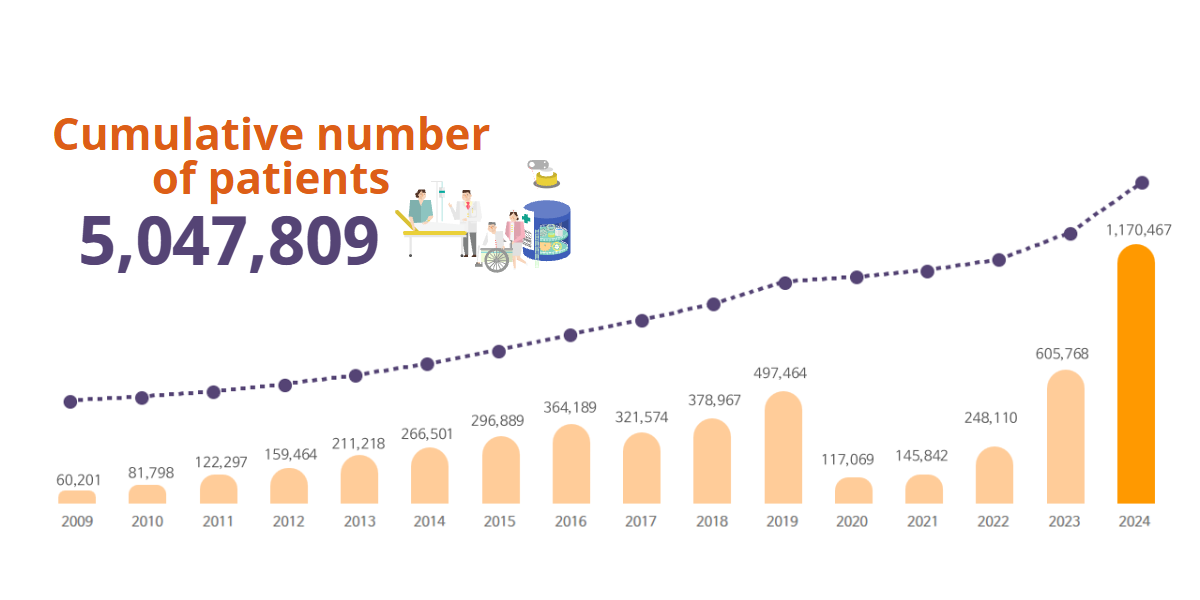
Reference: 2024 Foreign Patients Attraction Statistical Analysis Report, KHIDI
Excluding the years affected by global pandemics such as COVID-19, the number of medical tourists visiting Korea has been steadily increasing. In 2024, a total of 1,170,467 foreign patients visited Korea. This marks approximately a two-fold increase compared to 2023 (605,768 patients), the highest figure since data collection began in 2009. The cumulative number of foreign patients since 2009 has reached 5.05 million, reaffirming Korea’s prominence in providing medical services.
Patients from all over the world continue to visit Korea

Japan
37.7%441,112

China
22.3%260,641

U.S.A
8.7%101,733

Taiwan
7.1%83,456

Thailand
3.3%38,152

Singapore
2.3%26,666

Mongolia
2.2%25,731

Vietnam
1.7%20,382

Russia
1.4%16,622

Canada
1.3%14,847

Kazakhstan
1.2%14,475

Australia
1.2%13,783

Indonesia
0.9%10,388

Others
8.8%102,479
Reference: 2024 Foreign Patients Attraction Statistical Analysis Report, KHIDI
Additionally, according to the global database platform Numbeo and the U.S. business magazine CEOWORLD, Korea ranked second in the 2024 Health Care Index, which evaluates the overall quality of medical systems, facilities, and services across 110 countries.
Ranking Country Medical Infrastructure and Professionals Medicine Availablity and Cost Government Readiness Index Health Care Index(Overall) 1 Taiwan 87.16 83.59 82.3 78.72 2 Republic of Korea 79.05 78.39 78.99 77.7 3 Austrailia 90.75 82.59 92.06 74.11 4 Canada 86.18 78.99 88.23 71.32 5 Sweden 78.77 74.88 74.18 70.73 6 Ireland 92.58 96.22 67.51 67.99 7 Netherlands 77.86 71.82 55.1 65.38 8 Germany 86.28 75.81 83.82 64.66 9 Norway 72.48 68.68 64.78 64.63 10 Istrael 88.63 75.61 90.25 61.73 Reference: The 2024 edition of the CEOWORLD magazine Health Care Index, NUMBEO
We provide advanced medical infrastructure and system combined with IT technology.
Korea’s medical system and infrastructure are ranked among the best in OECD countries.
Comparison of Korea’s Medical Infrastructure with the OECD Average

Number of CT scanners1)

Number of MRI equipment1)

Total number of hospital beds2)

Number of acute hospital beds
(per 1,000 people)2)Reference 1) : OECD Health Statistics 2024; WHO Global atlas of medical devices 2022
Reference 2) : OECD Health Statistics 2024; WHO GHO 2024, national sourcesCutting-edge medical technologies, such as laparoscopic surgery robots, have significantly improved cancer survival rates.
International Comparison of Five-Year Survival Rates for Major Cancers (2010–2014)
Reference: KCA Cancer Report 2023, the Korean Cancer Association
Despite a rising prevalence of cancer, Korea has reduced its mortality rate by 35% over the past 20 years, establishing itself as a leader in cancer screening, diagnosis, and treatment. Notably, state-of-the-art medical technologies, such as laparoscopic and robotic surgeries, are widely utilized in various cancer treatments, driving innovation in medical care. Many medical institutions in Korea perform robotic surgeries, which not only enhance precision and safety but also reduce the risk of surgical complications and help patients return to their daily lives more quickly through faster recovery. Cancer treatment outcomes show that Korea’s five-year survival rates for stomach, colorectal, liver, lung, breast, and cervical cancers are generally higher than those in the U.S., the U.K., and Japan.
Our medical services guarantee the highest level of care at reasonable prices.
According to the 2013 Comparative Study on Major Medical Fees in OECD Countries released by the Research Institute for Healthcare Policy, the costs for procedures such as cesarean sections, cataract surgeries, and appendectomy in Korea are significantly lower than those in other major countries.
Comparison of Korea’s Medical Fees with Major OECD Countries: Procedure (Unit: US Dollars)
Type of procedure Caesarean section Cataract extraction Appendectomy Maximum multiples Country Medical fee Ranking Medical fee Ranking Medical fee Ranking Korea 1,769 1 1,323 1 2,047 1 Spain 3,601 2 1,855 3 2,854 2 2.03 Germany 3,843 3 3,123 5 3,351 3 2.36 France 5,374 5 1,693 2 3,741 4 3.03 Canada
(Nova Scotia)6,577 6 3,046 4 6,007 7 3.71 Chile 4,637 4 4,563 6 6,972 8 4.44 Australia 11,425 7 4,743 8 5,622 5 6.45 Switzerland 12,318 8 5,310 9 5,840 6 6.96 U.S.A 18,460 9 4,694 7 14,010 9 10.43 Reference: Comparative Study on Major Medical Fees in OECD Countries, Research Institute for Healthcare Policy
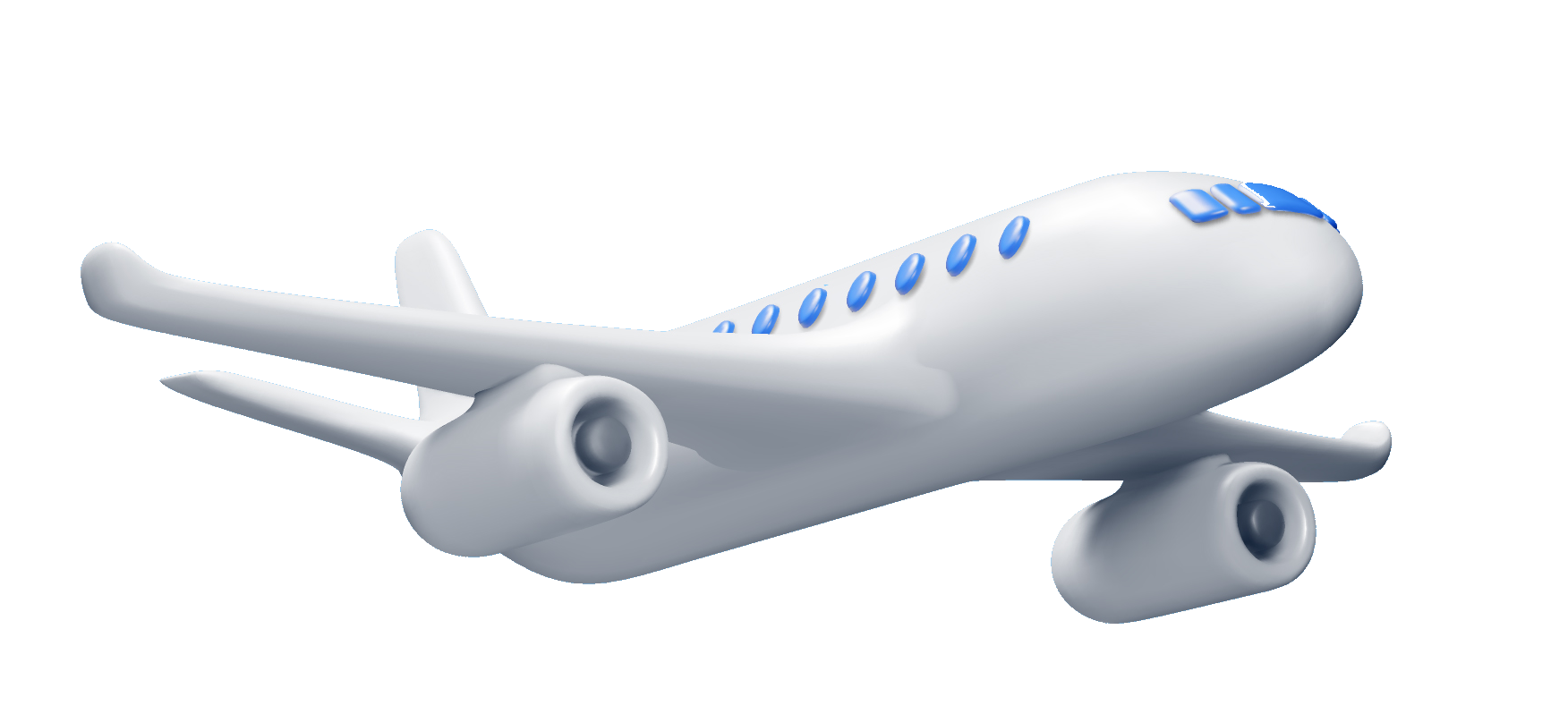
Korean Medical Tourism
In Korea with diverse charms, medical services and tourism in one go!
Foreigners visiting Korea can enjoy major tourist spots or various tourism themes after health checkups. Korea attracts international visitors by offering exceptional medical services and diverse themes tailored for medical tourism. Visitors immerse themselves in Korea’s culture and nature while exploring iconic destinations such as Seoul, Jejudo Island, and Gyeongju. Notably, Korean Wave landmarks and historic sites in Seoul, the stunning natural landscapes of Jejudo Island, and the heritage sites of Gyeongju are emerging as popular destinations for travel combined with medical tourism.
Themed tourism highlighting Korea’s traditional culture and natural beauty is also gaining popularity. For example, healing experiences at traditional temples, stays in hanoks, and treatments like traditional Korean medicine and massages are especially appealing to international tourists after their health checkups. Additionally, relaxing and rejuvenating at Korea’s premier hot springs or spa resorts has become a key travel element for medical tourists.
Check out Korea’s outstanding medical departments and start planning your ‘Korean medical tourism!’
Wellness is a holistic concept that brings together
‘Well-being + Happiness + Fitness’.
Wellness tourism is a form of travel that promotes physical, mental, and social well-being
through experiences like hot springs, meditation, yoga, and nutritious meals.Wellness Tourism in KoreaDiscover wellness destinations in Korea where nature, tradition, and modernity coexist in harmony.
Experience true rest and renewal for both body and mind.-

 Beauty & Spa
Beauty & SpaRevitalize your body and soul with K-beauty therapies designed to gently care for your well-being.
-

 Nature
NatureRecover your body and mind in tranquil healing forests and gardens.
-

 stay
stayEnjoy a peaceful night's rest in a calm and quiet space.
-

 Traditional Korean Medicine
Traditional Korean MedicineExperience personalized healing grounded in the wisdom of traditional Korean medicine.
-

 Healing and Meditation
Healing and MeditationLet true healing blossom in the stillness of yoga, meditation, and mindful tea practices.
-

 Food
FoodSavor a nourishing meal made with healthy ingredients and traditional Korean recipes.
- Korea, a Global Leader in
-


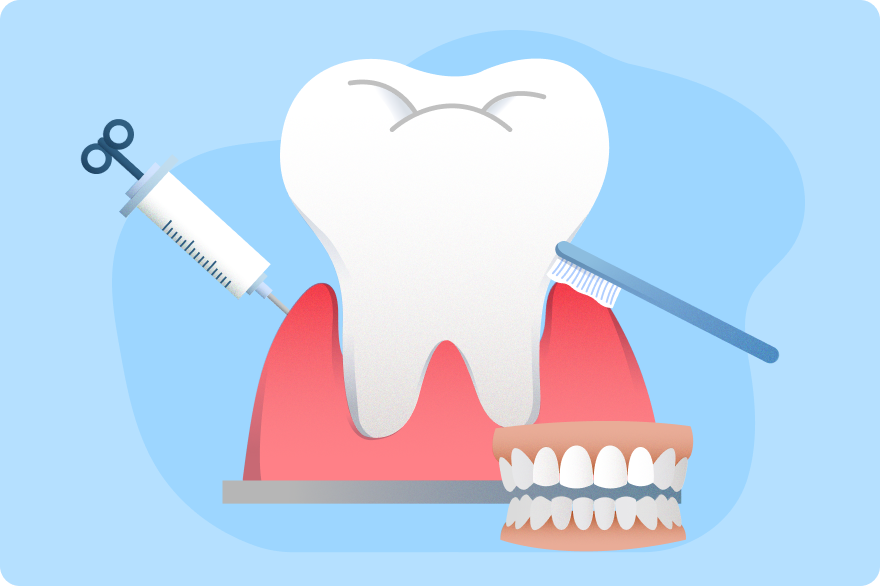


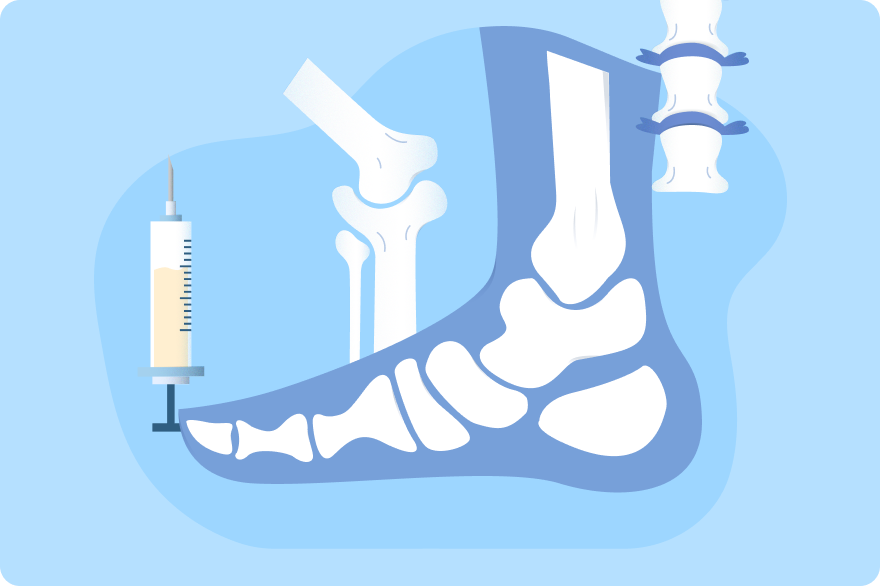
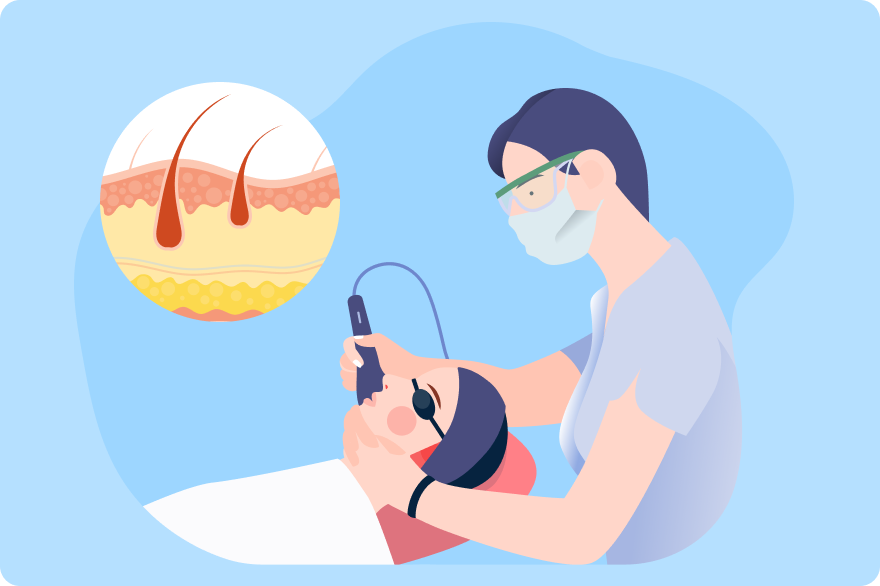
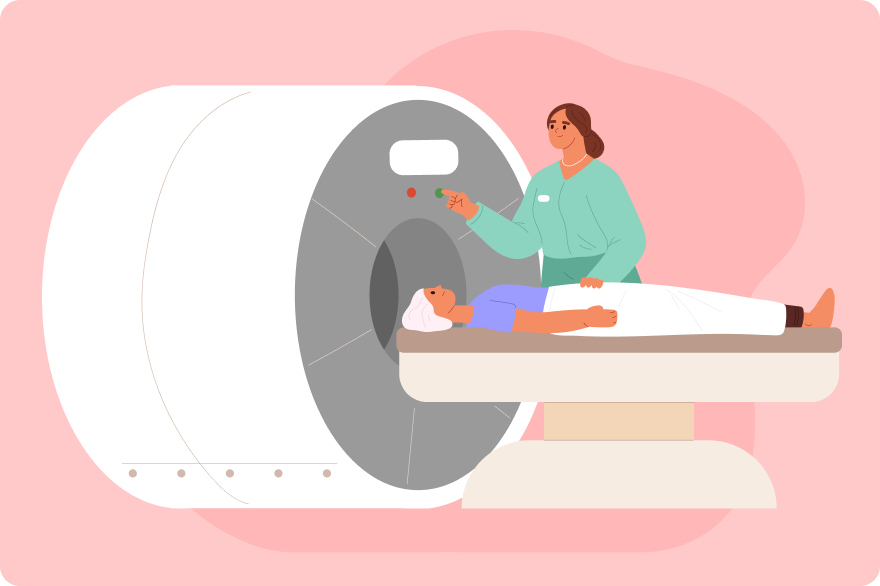
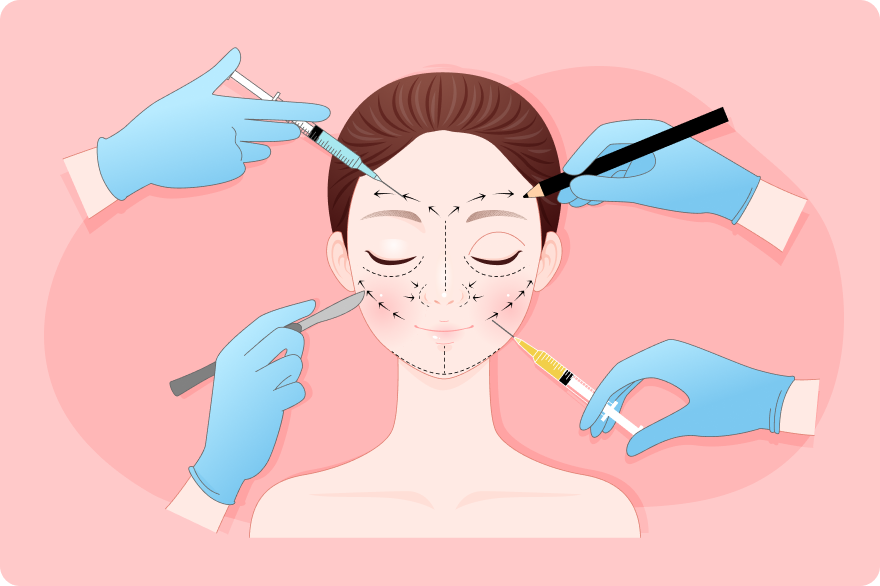

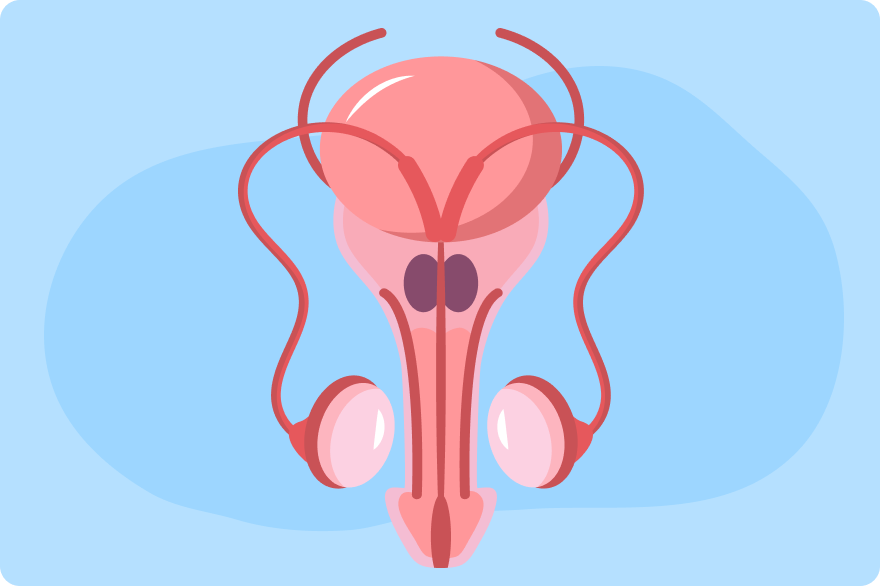

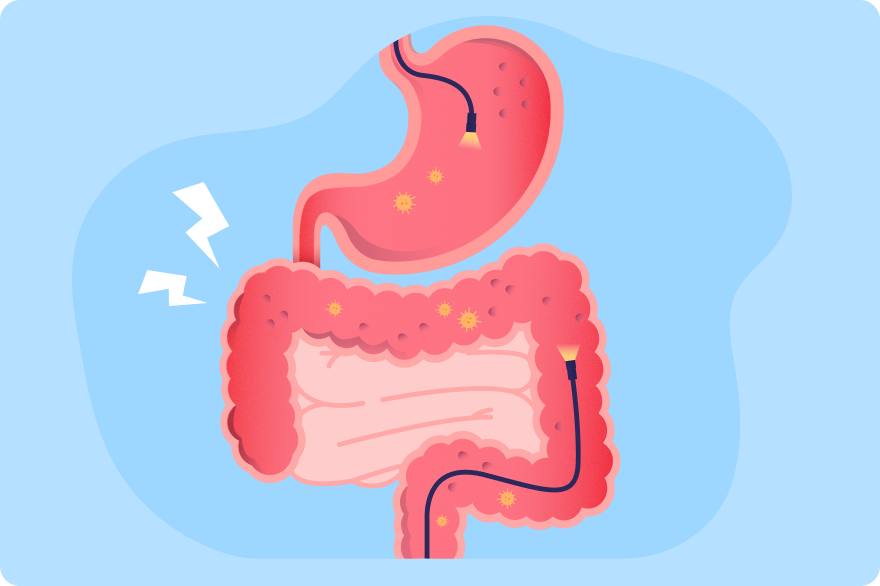

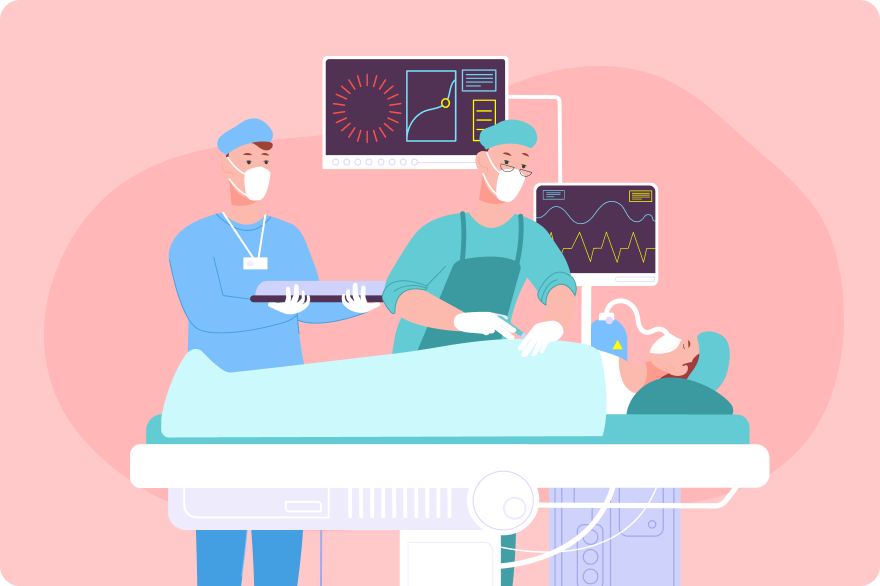



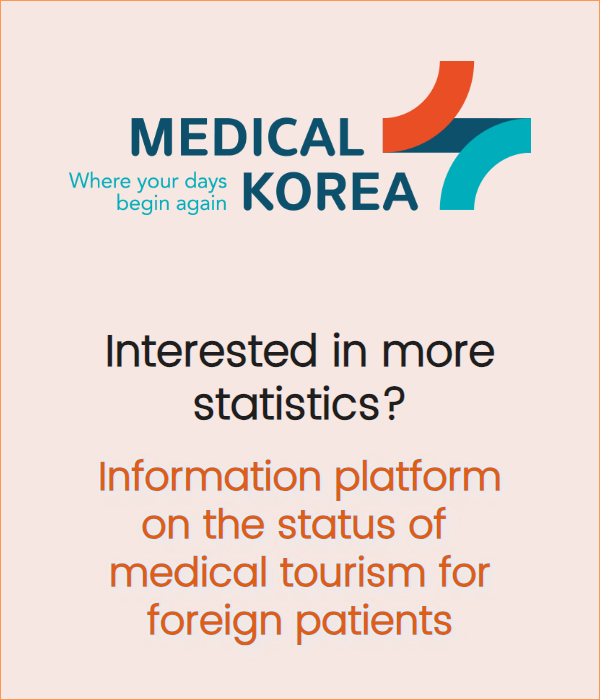






 Medical Wellness
Medical Wellness